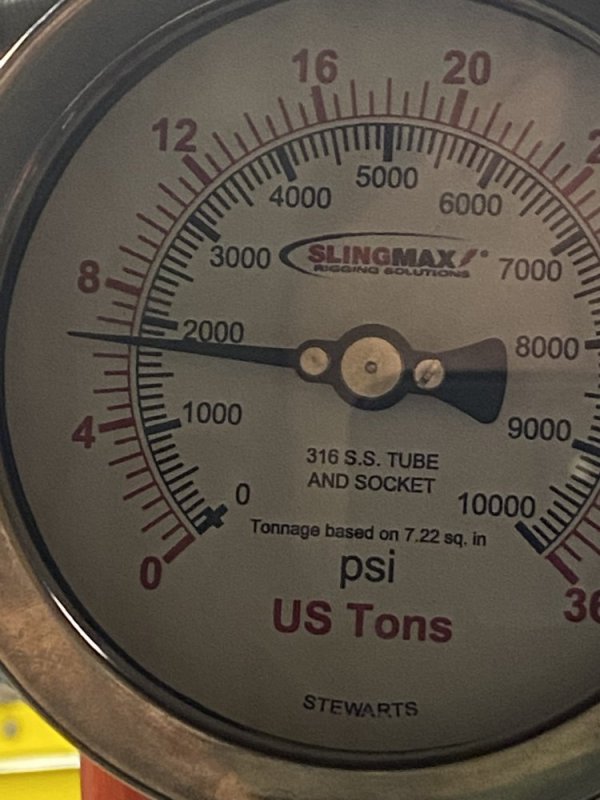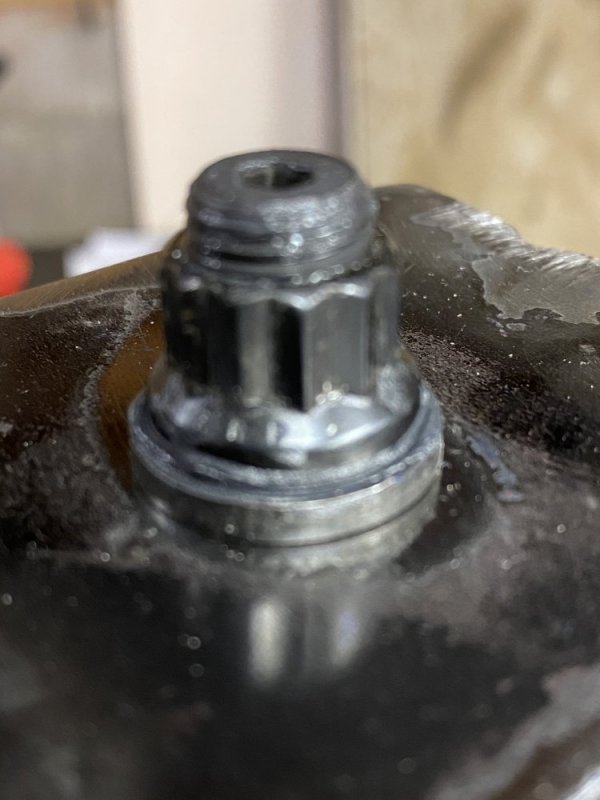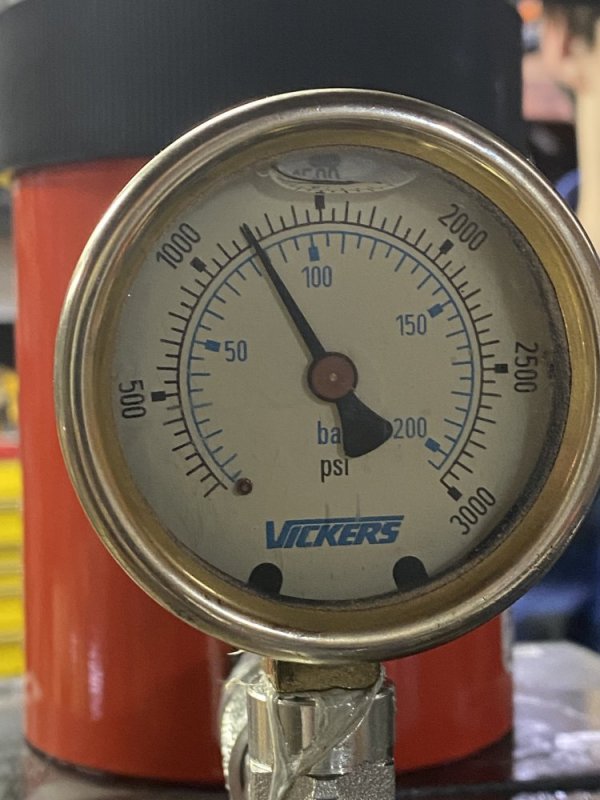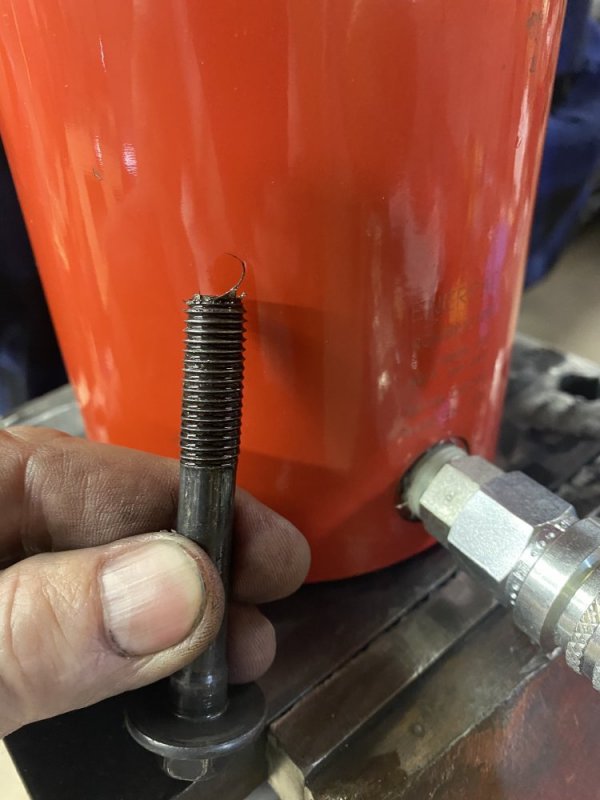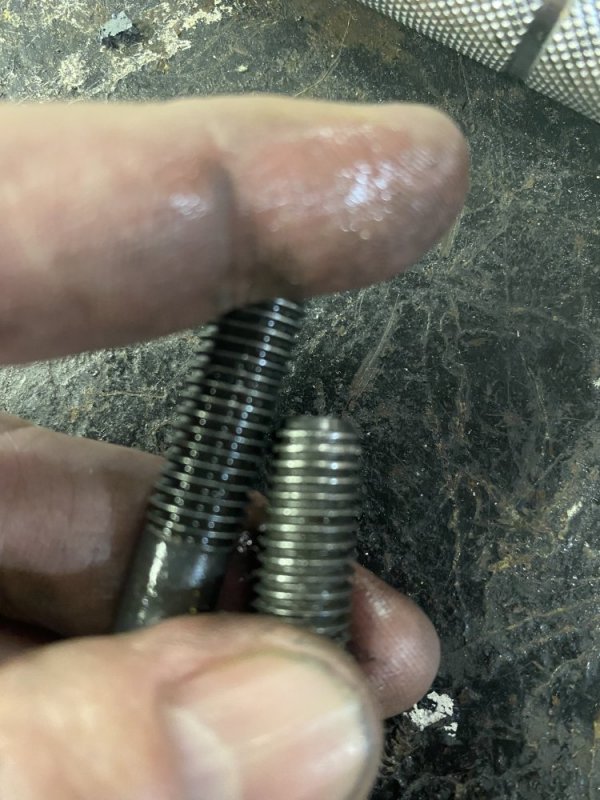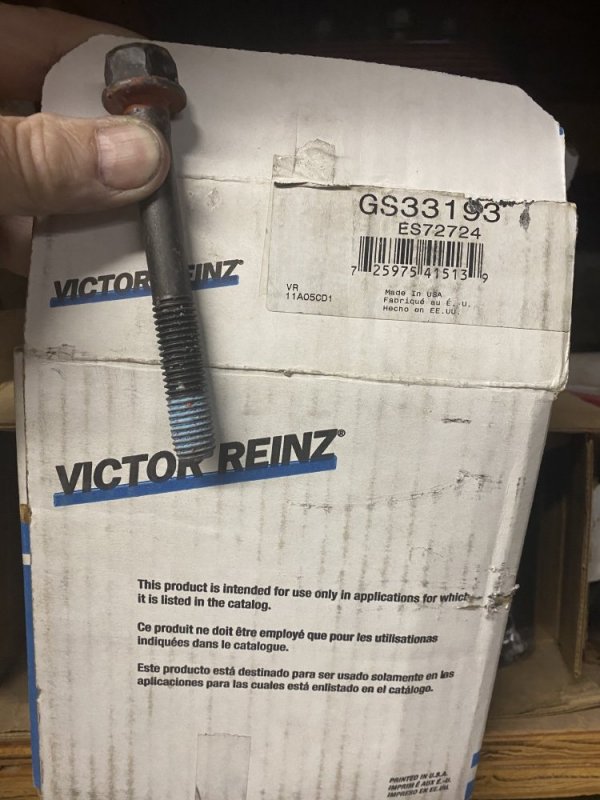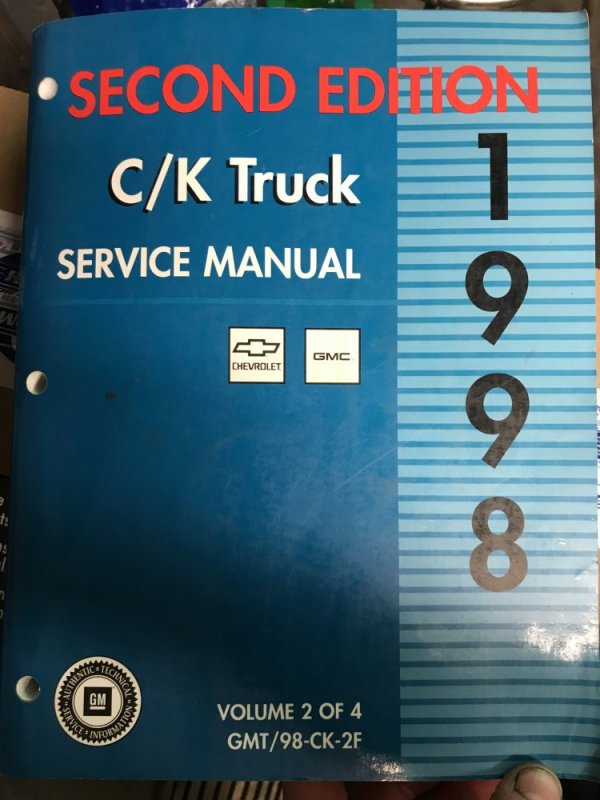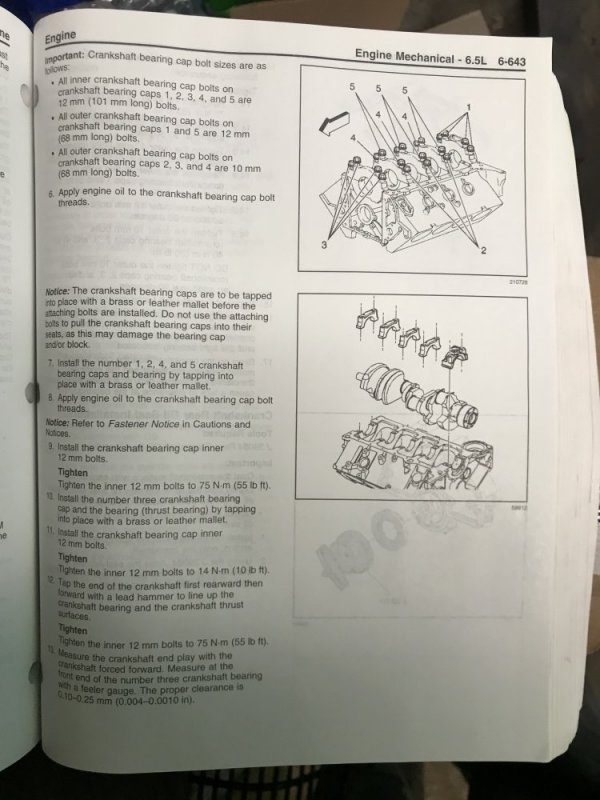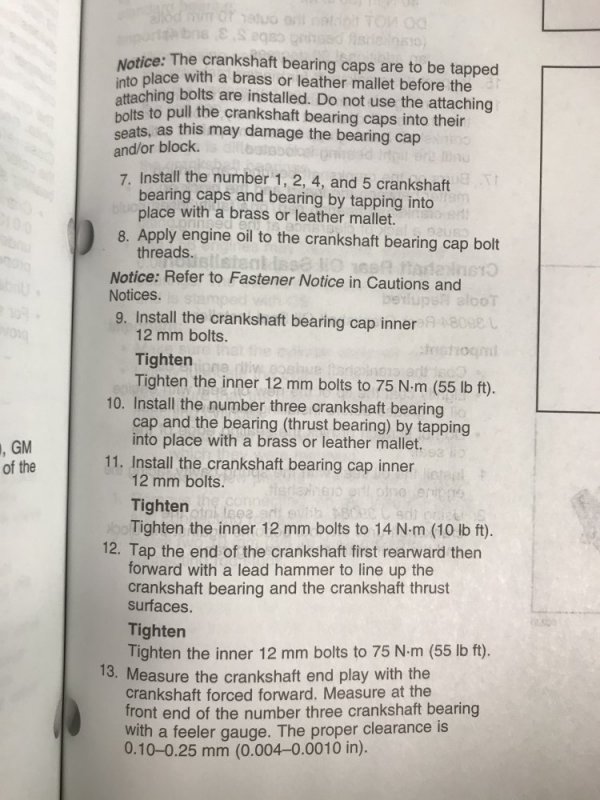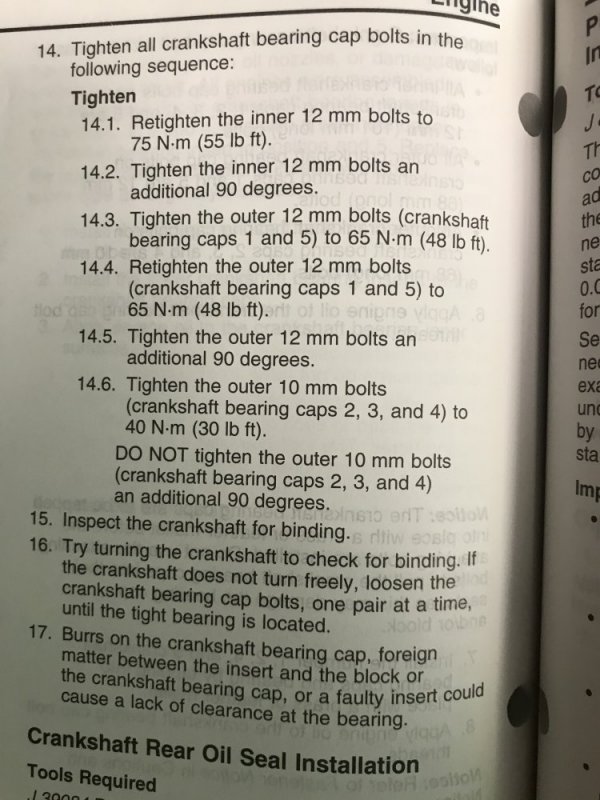Will L.
Well-Known Member
@ak diesel driver asked about head bolt/ stud also, so added that for a couple more bucks. Glad I did because look at how much lower the arp clamps than the bolt on the head stud!
But the 10mm studs torqued at 50 as suggested by a few I think is mega overkill. The ARP guys I talked to before kinda freaked when I told them factory numbers and what the stud suggested one was. Now I get why.
The testing was done with a hallow cylinder with affected area of 7.22 square inches. So hydraulic psi x 7.22 = clamp force. There is minor variations in what oil is used, accuracies of torque wrench, and the person operating the tools and reading the gauge, but identical tools and conditions on all fasteners keeps it equal.
I used 2 different quality gauges, compared 3 different torque wrenches 2 of which were calibrated within the month and the 3rd was a bar torque wrench.
tests done in March of 2020, I got my first ASE Masters back in the 90’s- so proper technique was used.
I went through 4 main 10mm bolts, 4 12mm main bolts, 4 12mm head bolts, 2 10mm main studs, 2 12mm main studs, 2 12mm head studs. All tests were done twice.
Room for error in reading the pressure I would estimate as 5-10 psi, however any misreading was consistent in recording.
One of the gauges is calibrated in psi and force. The force listed on the spreadsheet is based on psi X 7.22 via excel formula.
Please everyone share this on other forums, Facebook, etc so anyone can use the ARP studs and can match the force applied from bolts so there is no added stress to block and not even require align bore. Or they can choose to exceed clamp force if building hot rod and can see to scale how much more force (stress) they are applying to the block.
ANYONE that sells stud kits is welcome to include this chart or duplicate information from this chart in your kits. Just remember ARP doesn’t acknowledge anyone selling 6.5 main stud kits, and I am not authorizing the selling either for legal purposes. I am only authorizing sharing the mathematical testing for comparison I did.
But the 10mm studs torqued at 50 as suggested by a few I think is mega overkill. The ARP guys I talked to before kinda freaked when I told them factory numbers and what the stud suggested one was. Now I get why.
The testing was done with a hallow cylinder with affected area of 7.22 square inches. So hydraulic psi x 7.22 = clamp force. There is minor variations in what oil is used, accuracies of torque wrench, and the person operating the tools and reading the gauge, but identical tools and conditions on all fasteners keeps it equal.
I used 2 different quality gauges, compared 3 different torque wrenches 2 of which were calibrated within the month and the 3rd was a bar torque wrench.
tests done in March of 2020, I got my first ASE Masters back in the 90’s- so proper technique was used.
I went through 4 main 10mm bolts, 4 12mm main bolts, 4 12mm head bolts, 2 10mm main studs, 2 12mm main studs, 2 12mm head studs. All tests were done twice.
Room for error in reading the pressure I would estimate as 5-10 psi, however any misreading was consistent in recording.
One of the gauges is calibrated in psi and force. The force listed on the spreadsheet is based on psi X 7.22 via excel formula.
Please everyone share this on other forums, Facebook, etc so anyone can use the ARP studs and can match the force applied from bolts so there is no added stress to block and not even require align bore. Or they can choose to exceed clamp force if building hot rod and can see to scale how much more force (stress) they are applying to the block.
ANYONE that sells stud kits is welcome to include this chart or duplicate information from this chart in your kits. Just remember ARP doesn’t acknowledge anyone selling 6.5 main stud kits, and I am not authorizing the selling either for legal purposes. I am only authorizing sharing the mathematical testing for comparison I did.

